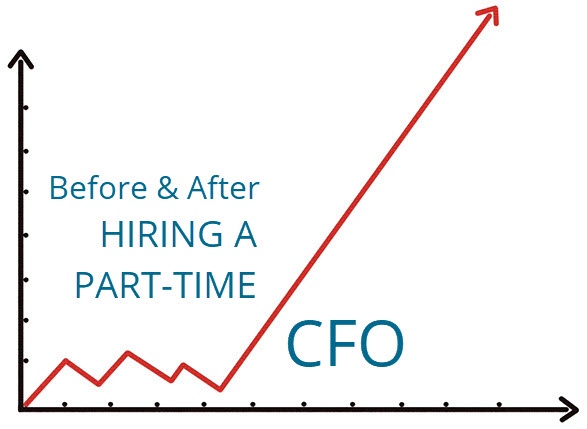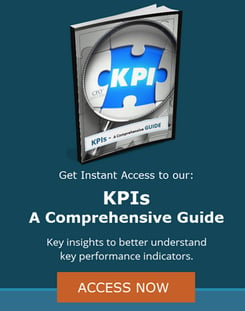This is part 2 of a series on the causes of a perfect fraud scenario. Read “Employee Fraud Factor #1: Pressure” here.
In case you missed Part 1, there was once a really smart guy, Donald Cressey, who created a theory that said: “If three factors were met, any ordinary, trusted person could bring themselves to commit fraud.”
In other words, given the right situation (or perhaps wrong situation), anybody could commit fraud. Not just criminals, not simply “unethical” people, and certainly not just somebody ELSE’s accounting staff.
The three factors include:
> Pressure
> Opportunity
> Rationalization
In Part 1 we talked about the first factor, Pressure, and how a person with an apparently SECRET financial problem might feel no other option than to steal company money. They are on the prowl for just the right opportunity!










